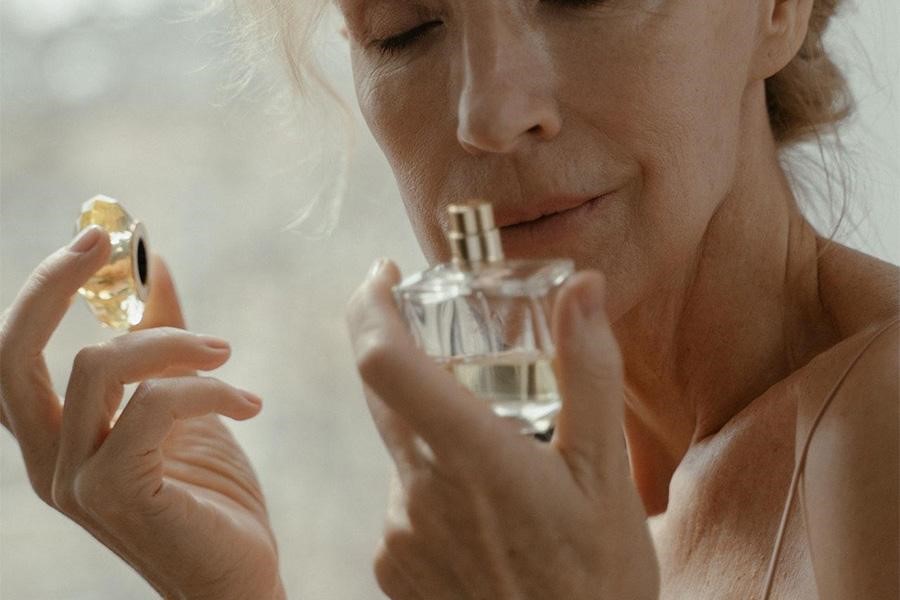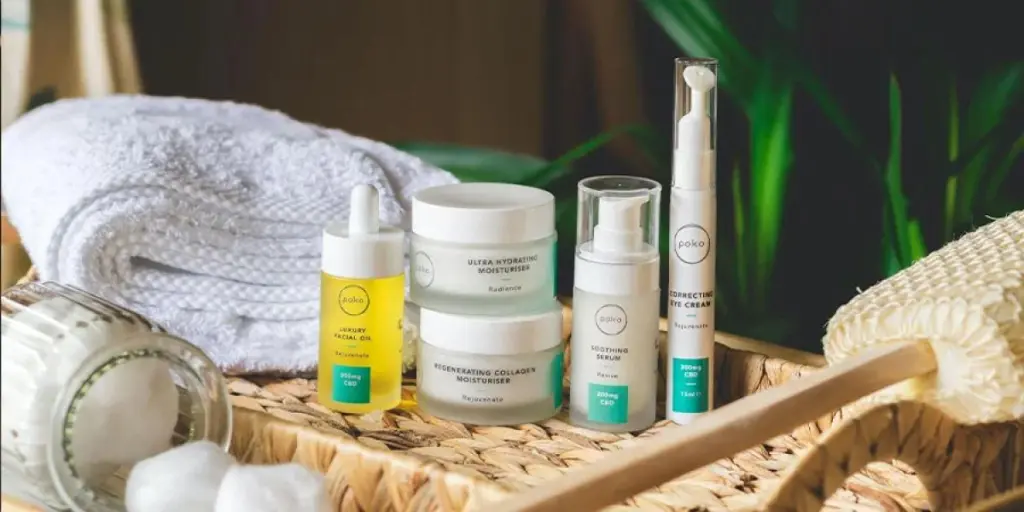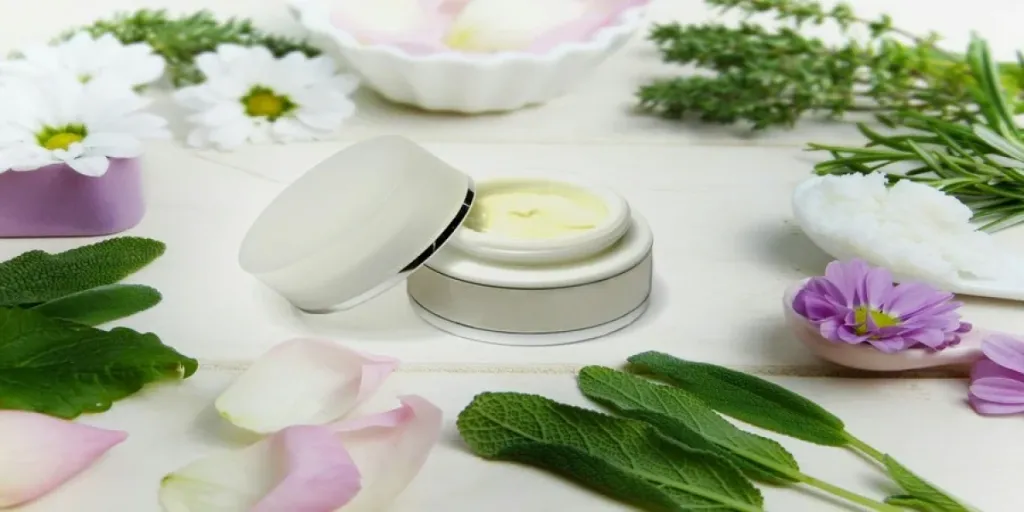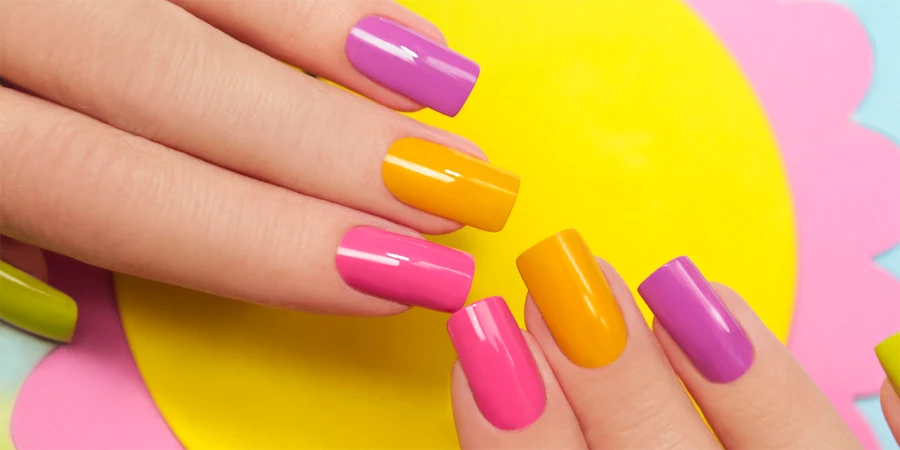The pandemic has forced the fragrance industry to improve its direct-to-consumer offerings and embrace e-commerce as a viable alternative to stores.
According to YouGov, direct-to-consumer e-commerce sales in the US are predicted to reach $151.2 billion by the end of 2022, a 17% increase from 2021. Additionally, Euromonitor states that 36% of global consumers are digital beauty shoppers. They purchase and are influenced to buy online via e-com sites, digital media, and user-generated content. So, it’s essential that beauty companies, including those selling fragrances, use online marketing strategies to their fullest potential.
This article will discuss how brands can use online platforms for marketing their fragrances by forging a better relationship with consumers and enhancing their product offerings to appeal to digital natives.
Table of Contents
Fragrance trends post-pandemic
Hyper-personalized fragrance
Power of simple
ScentSocial
Joy-inducing engagement

Fragrance trends post-pandemic
During the pandemic, people were using scents less due to the inability to go out. In 2022, consumers are returning to fragrances with a different perspective on the beauty industry and new priorities when choosing products.
Bodycare routines spiked during lockdown measures, with 33% of adults using body and hand care products more frequently than before the pandemic. These routines will continue to help people feel in control of their physical and mental health in the coming years.
Mintel found that 20% of women used less deodorant due to concerns over chemical-infused products, and 35% said they were interested in products with natural ingredients. Additionally, 34% of women were interested in products with minimal or plastic-free packaging.
When it comes to fragrances, customers seek a balance between luxury and simplicity with products that will make them feel good. At the same time, they seek products that are sustainable and organic.
Since brands generally connect with consumers online, they need to consider how consumer needs influence their marketing strategy and overall online presence.
Hyper-personalized fragrance
Consumers seek hyper-personalized fragrances, yet purchasing online creates a barrier in determining a fragrance best suited to an individual based on the consumers’ inability to interact with the product directly.
Discovery boxes are a great way to engage with consumers in a fun way and allow them to try several different fragrances before choosing a favorite. Discovery boxes are also great for gifting. Gift a discovery box and have the gift receiver choose a favorite and use a credit to purchase a whole bottle of their choice.

Power of simple
There is a rising interest for easy-to-understand, single-ingredient beauty products that are natural and sustainable—these values absolutely also apply when it comes to fragrances. Using natural ingredients appeals to consumers seeking a more sustainable lifestyle, and simplicity in language and marketing builds trust. In fragrance, this means easy-to-understand fragrance names, clear ingredient lists and information regarding sourcing.
Single-ingredient or single-note fragrances appeal to those seeking a hyper-personalized experience by allowing them to layer to build their own scent. At the same time, this may be intimidating to some—so offer content to educate consumers on layering scents.
Here are some great scents to get you started—fruity floral, luxury floral, and floral citrus. And, of course, don’t forget fragrances for men.

ScentSocial
Younger audiences discover fragrances through social media, with 64% of consumers reporting that Instagram influences their purchases. Meanwhile, Tiktok has kickstarted interest in fragrances from Gen Z—#PerfumeTok has over 1 billion views.
TikTok is becoming the first touchpoint of fragrance for a younger generation who is more likely to purchase online than in stores. Brands must make themselves available with simple descriptions of scent profiles and inspiring stories. Often, brands collaborate with social media influencers to reach wider audiences.
Social media marketing
Social media marketing can be approached in many different ways. Each brand will have to test which platforms and types of campaigns and stories work best for them.
New consumers want ‘how to wear’ and ‘how to care’ ideas and quirky nuanced narratives. The goal is to generate interest, build brand awareness, and educate consumers.
Social media community
Through social media, brands can forge more intimate links with consumers by building a community. The connection through direct-to-consumer communication builds an authentic relationship with consumers to develop strong brand loyalty.
Consider a ‘for community by community’ approach to product development by asking your audience to be involved in decisions. For example, Commodity Fragrances in the US asked its community to decide the names for the fragrances in its new Scent Space trilogy.
There are many other ways to get your community involved and feel connected to your brand, such as VIP clubs. Brands can also use VIP communities, Facebook groups, etc., to directly ask customers for feedback and advice on a product. Goldfield & Banks sent 2ml samples of its new Purple Suede fragrance to its VIP social community. As a result, they saw impressive conversion rates from consumers delighted by being included and, of course, by the product.
Social media provides a unique opportunity to connect, build community and get feedback from actual customers. This relationship-building helps to create a positive brand image, authority and trust in the fragrance space. Also, it helps to develop products your customers are guaranteed to love.

Joy-inducing engagement
As consumers foster deeper emotional connections with brands on social platforms and online, brands are creating online worlds with charming illustrations and empathic visuals to resonate with customers.
Considering the experiential nature of scent, the online fragrance experience can be dull and lacking in emotion. To fill the emotion gap, brands use creative and beautiful micro-visual experiences on social channels.
Nurture an authentic communication channel. Don’t talk directly about your product; instead, focus on what emotions consumers want to feel when wearing a scent.

Conclusion
When building an e-commerce business, it’s essential to consider the many online channels where customers will find and connect with your brand. In fragrance, where potential customers can’t interact with and smell your product before purchasing, it’s crucial to find other ways to communicate your brand story and scents.
Regarding product development, make personalization a priority—discovery boxes and single ingredient fragrances allow for easy customization. Make it easy for consumers to understand info online while remembering the joy good visuals can bring. Connect with customers through social channels, particularly Gen Z first-time users. Leverage online communities to get feedback and connect more deeply with your online community.




